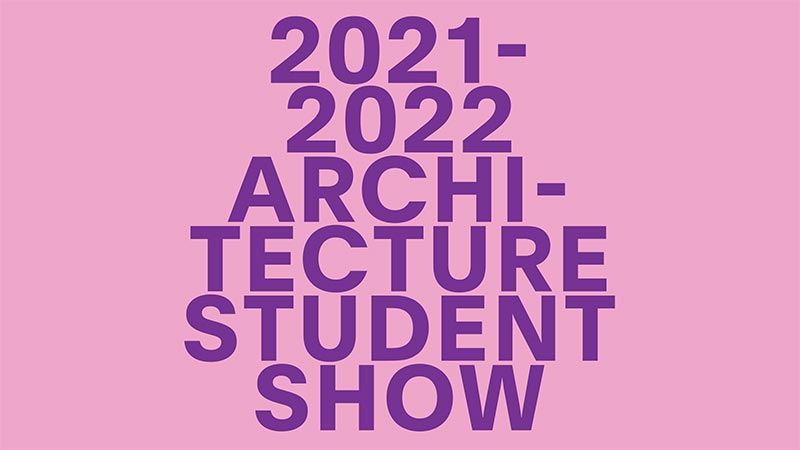Faculty Members Thün and Velikov theorize Responsive Envelopes in the IJAC
Associate Professor Geoffrey Thün and Assistant Professor Kathy Velikov published “The Agency of Responsive Envelopes: Interaction, Politics and Interconnected Systems” in the most recent issue of the International Journal of Architectural Computing (IJAC). The article was co-authored with Mary O’Malley (M.Arch 2011) and Lisa Sauvé (M.Arch 2012), both currently members of their research group.
This article positions the territory of responsive envelopes within the context of contemporary disciplinary questions surrounding the politics of the architectural envelope on one hand, and the agency of material explication of environmental, social and spatial performance on the other. Two recent prototype-based responsive envelope projects undertaken by the authors, the Stratus Project and Resonant Chamber, are described in detail relative to the reciprocity between the development of their materiality, form, production methods and their dynamic interaction with external forces, environments and inhabitants. An argument is made that responsive envelopes, in their capacity to structure continually evolving energetic, material and information exchanges between humans, buildings and the wider environment, have the potential to actively construct and enable political participation through spatial transformation, data driven processing and informatics. These envelopes are positioned as agents within wider ecologies and social systems, and as sites for the design of robotic architectures to engage such questions.
Support for the work illustrated in this article has been provided by the Taubman College Research Through Making program, the U-M Center for Wireless Integrated MicroSystems, an OVPR Small Projects grant, and the Social Sciences and Humanities Council of Canada Research/Creation program.
This special issue of the of IJAC edited by Michael Fox features a selection of papers compiled to “profile a pioneering strain of research in architectural robotics and focuses on the nature of automated processes, physical systems and tools that propel today’s most innovative digital design research and experiments.”
To read the article, visit: rvtr.com/files/IJAC_10-3_Agency.pdf









